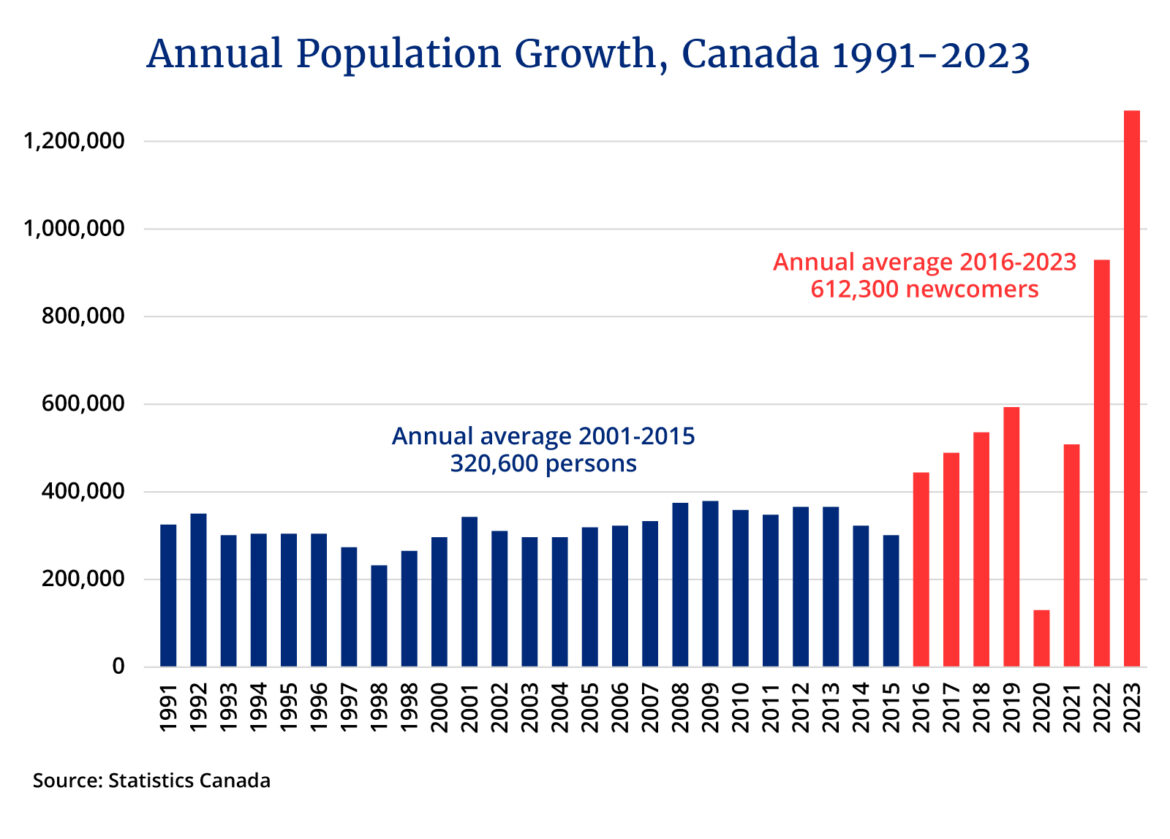Phillips: Kaffiyeh ban unites all leaders, who are aware of Muslim voter influence in Ontario
2024/04/27 Leave a comment
Hard to maintain the argument that the kaffiyeh is primarily cultural given context, the statements of Sara Jama and the nature and discourse of protests. And as to Phillips using turbans and kirpans as a counter example, these are primarily religious, even if for some they also have a political significance.
Being sensitive to community concerns does not necessarily mean agreement given conflicting concerns among communities, as the current Jewish Palestinian tensions illustrate, and thus Speaker Arnott made the right call which needs of course, to be implemented with rigorous consistency for all political symbols:
The Speaker of Ontario’s legislature, Ted Arnott, has done something rare: he’s managed to get the leaders of all four parties at Queen’s Park united on a controversial issue.
Of course, they’re united against him — specifically against the ban he’s imposed on wearing Palestinian kaffiyehs in the provincial parliament, indeed anywhere in the legislative precinct that he oversees.
His decision has ignited a fierce debate: is the kaffiyeh, the checkered head scarf worn by Palestinians since time immemorial, cultural or political?
The answer to that binary question must be yes. It’s both — depending. The kaffiyeh has long been a cultural symbol of Palestinian identity. But wearing it has become more political, especially since the outbreak of the Hamas-Israel war last October.
That’s basically what Arnott said when he announced his ban. Wearing kaffiyehs “at the present time in our assembly,” he said, has become political. Arnott presumably thinks he’s just being consistent by banning kaffiyehs in line with established rules against wearing anything that “is intended to make an overt political statement.”
But what an unnecessary mess he’s created. This was a non-issue at Queen’s Park until Arnott issued his ban, apparently in response to a complaint by one unidentified MPP. It’s not as if there was a rash of kaffiyeh-wearing in the legislature. The only member who regularly wears one is independent Sara Jama, who was thrown out of the NDP caucus last year for her stand on the Mideast conflict.
Now we have the spectacle of Jama being told to leave the chamber for wearing a kaffiyeh. And a group of Arab-Canadian lawyers denied entry to the legislature when they wore kaffiyehs to a meeting with NDP Leader Marit Stiles.
I’m with the party leaders (including Premier Doug Ford) on this one. No doubt there’s a political dimension to wearing a kaffiyeh these days, but the long-established cultural tradition can’t be denied either. Why make an issue out of it at a time when feelings are running so high? Remember the fuss years ago about turbans and kirpans worn by Sikhs? In hindsight it seems like a fight about nothing.
Focusing on the kaffiyeh raises questions of consistency as well. What about wearing a tie or scarf in Ukrainian national colours? One of the Conservative MPPs who refused unanimous consent to overturn Arnott’s decision, Robin Martin, wore a necklace in the legislature emblazoned with “bring them home” in solidarity with Israeli hostages held by Hamas. Good for her, but wasn’t that also “political?”
Some have made much of the fact that party leaders opposing the ban may not be acting entirely for principled reasons, given the byelection set for May 2 in Milton where Muslim voters could make the difference.
I find it hard to be shocked by the notion of politicians acting for political reasons, and in this case the lesson to be drawn is “get used to it.” What’s happening in Milton is just a taste of how Muslim voters may have an impact in key ridings in the next federal election.
All provincial parties are courting Muslim voters in Milton, where 23 per cent of the population identified as Muslim in the 2021 census. The Liberal candidate, Galen Naidoo Harris, who isn’t Arab or Palestinian, has even made a point of wearing a kaffiyeh in social media postings.
Muslim voters are already an important factor in our politics. An organization called The Canadian-Muslim Vote identified more than 100 ridings in 2021where the Muslim vote exceeded the expected margin of victory. Many (including Milton) are in the GTA and will be fiercely fought over in the next federal election.
All the more reason for political leaders to be sensitive to the concerns of Muslim voters, as they’ve learned to be sensitive to the concerns of Sikh, Italian, Ukrainian, Jewish, you-name-it voters who aren’t shy about mobilizing their communities around issues that matter to them.
Banning the kaffiyeh is that kind of issue for an increasingly influential slice of voters. There are good reasons of principle to drop the ban. The politics of it point in that direction too.
Source: Kaffiyeh ban unites all leaders, who are aware of Muslim voter influence in Ontario

